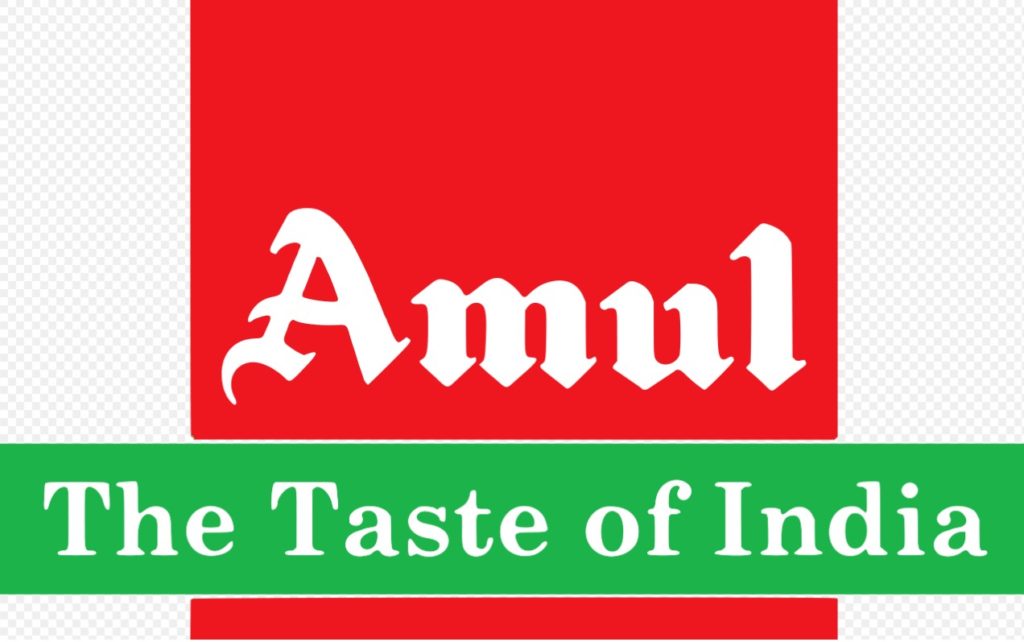
source : kobo
It was in 1923 that Alfred P Sloan was appointed the CEO of General Motors. The growth trajectory the company achieved over his thirty year stint is so impressive that his memoir ‘My Years with General Motors’ is read as a bible by businessmen even today. One of the most fascinating revolutions in profit maximisation in the history of capitalism- the method of production and consumption termed Fordism, where the mass production of Ford’s T- model cars revolutionised the consumption market, had a major drawback which can be summarised by this famous quote attributed to Henry Ford, “Any customer can have a car painted any colour that he wants, so long as it is black.” The years following Fordism, Alfred P Sloan ushered in a revolution in production and marketing, aptly termed Sloanism, that not only solved this problem but also understood the concept of catering to the tastes and preferences of the consumer. If Fordism and Ford cars were marketed under the general tagline of the American dream and keeping up with the Jones’, Sloanism and buying General Motor cars were about upstaging the Jones’.

Alfred Sloan found that the consumers’ tastes and ability to purchase were changing and profit making depended on finding this niche, with ‘flexible’ mass production with each new model slightly varied from the previous models making each car unique. The success of this technique lay in the ability to advertise it as such, thus the approach of using marketing and advertising to usher in super normal profits that we apply even today came about. Planned obsolescence is what this system is often termed as, one of the best examples of it is the mobile phones we use where the same company releases a new model with slight changes which somehow compel us to buy the newer versions for a perceived idea of happiness.This essentially creates a treadmill effect; you earn more to buy more to be happier but the finish line keeps on moving away creating a cycle of dissatisfaction.
Today the advertisements for the newer and better products that bombard our daily lives are profiteering from this same idea that consumer’s tastes and buying abilities change over time. The consumers become kings in theory, setting the game of ‘capturing the consumers’ fancy’ afoot, making the advertisement industry a multi-billion dollar global business. So it is no surprise that with almost twenty percent of the world’s population concentrated here in India, capturing the Indian market is therefore of importance to multinational corporations as well as to the Indian companies. After the liberalisation of 1991, when the economy was fully opened up for the first time after independence, consumers had a wider variety of products to choose from and India saw a huge increase in its consumption spending, where Onida or Ambassador were not the only options available to the rambunctious consumers. Recently it is not just the urban market which is driving this increasing consumption demand but the rural markets as well, to the point that the rural demand is set to drive the economy. Important factors like change in demographic structure, increasing per capita income, falling rates of poverty, emergence of the middle class etc are some of the major reasons for this.

Before the pandemic that shook the world, India was facing a crisis of its own- a demand crunch; what this essentiality meant was since the consumers were reducing their consumption, the economy was set to go into a recession as witnessed by the falling profits of the automobile industry, the fall of the giants like Tata Motors and Ashok Leyland were predicted. These events reiterated the importance of consumers and consumption for the wellbeing of the whole economy. Prior to this demand crunch and the global pandemic, India was poised to reach unprecedented levels of consumption expenditure. But even in the face of these shocks, our market is watched closely by everyone so as not to miss out on this opportunity.
One of the most interesting periods of a year is during the IPL season that catches all Indian households in a frenzy, it is no wonder that newer and more eye-catching advertisements hog our television sets. The Indian cricket with its large viewership earns a huge revenue for the BCCI; BCCI accounts for 80 percent of the total revenue of ICC and thus controls all the decision making of the body, hence it is the consumers and the audience of India that has made BCCI this powerful, and the sponsors and the advertisement industry are hell bent on catching the attention of these consumers.

The monumental importance that the internet has garnered in our lives has led to data often being christened the most valuable resource of the 21st century, and not simply the data regarding unemployment or poverty but the data mined from consumers’ activities on search engines to social media and applications. Data is power, the power to arrest the interests of the general population or in a neoliberal sense- the consumers. From personally catered algorithm based suggestions on products to the easiest access to radical and often fake news mongering sites, through a few clicks citizens the world over are on the edge of losing even the farce of sovereignty that neoliberalism promised.
These jarring facts have made us re-evaluate how we view unrestricted and unregulated running of industries, specifically regarding the advertising industry’s wilful misuse of personal data. Sales, offers, EMIs, credits and the idea of retail therapy all give us an immediate dopamine rush which people often see as the solution to counter the dullness and stresses of life. At the end of the day the question remains: have we designed a society that has no space for actual human happiness and wellness?

At the end of the day, the question is how far we are ready to go in the name of convenience. It seems that the idea of freedom itself is falsely advertised by neoliberalism; where freedom becomes just another word, a husk of its true form today. And often the nitty gritty details are so scary that the only solution seems to be to become minimalists and live as a hermit. But this belief that we are indeed living the doom’s day can lead to a passivity among even the most informed. This passivity can lead to a stagnation in achieving progress in society. Concerning the issue of privacy, organisations and governments all over the world are working towards better laws to protect our right to privacy and to protect the netizens from this pervasive form of advertisement. The research being conducted on mental wellness and scientific methods to achieve real instead of perceived happiness are gaining traction in today’s world, the inclusion of the happiness index itself is a step in the right direction. There is a long way ahead of us if we are to rewire the learned belief system within ourselves and with society, but the good thing is human civilization has never shied away from progress.
Induja Thampi
Induja Thampi completed her undergraduate degree in economics from Lady Shri Ram College and is currently doing her post graduation from Central University of Tamil Nadu. She loves to read and believes in humanity's ability to right its wrongdoings. With a pen in hand and a few trusty books at her desk she tries to go about doing just that, wherever injustice prevails.


Hi there! Someone in mmy Myspce group shared this websijte
wwith uss so I came to look it over. I’m definitely enjoying the information. I’m
book-marking annd will be weeting this to myy followers!
Exceptional blog and great style and design.